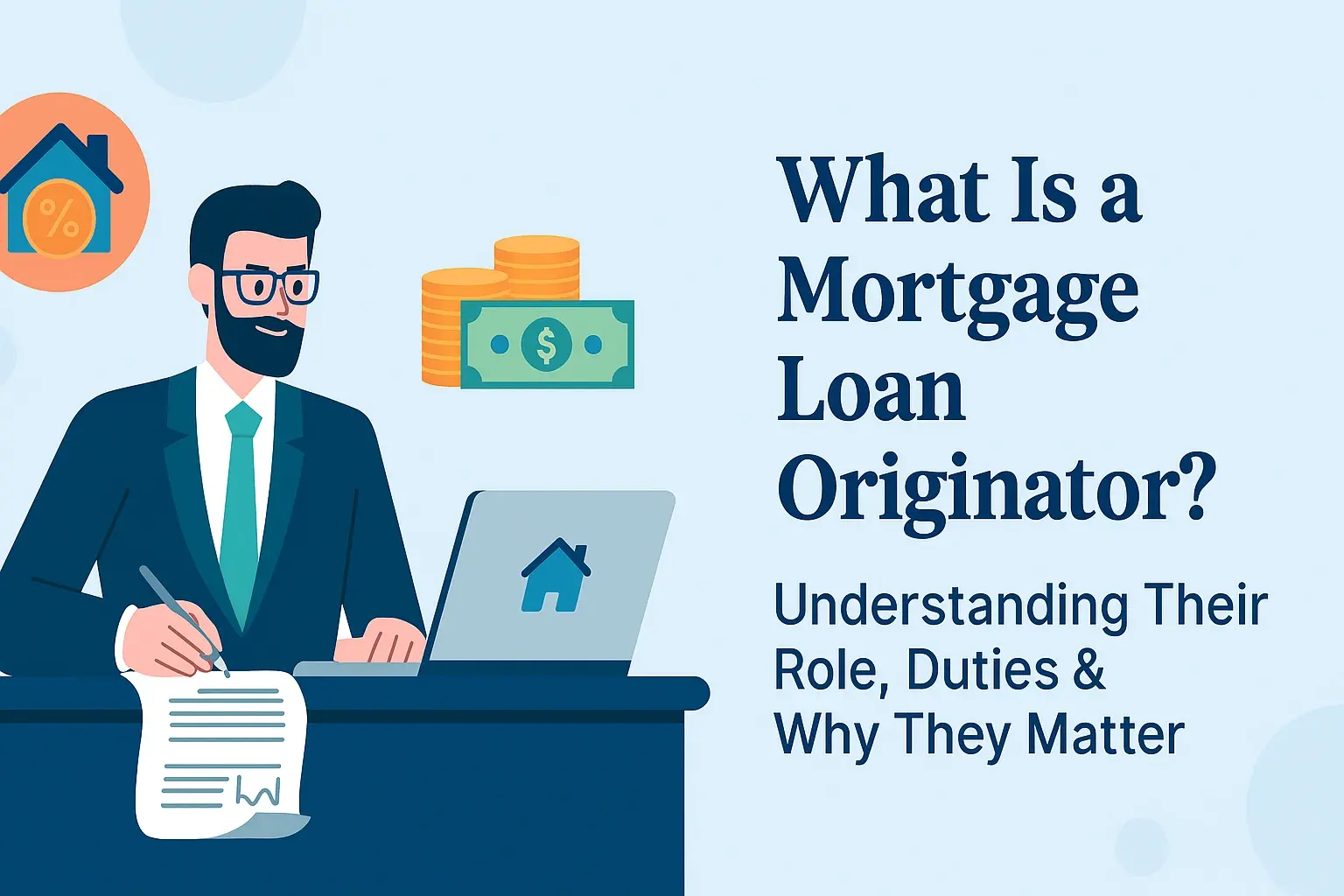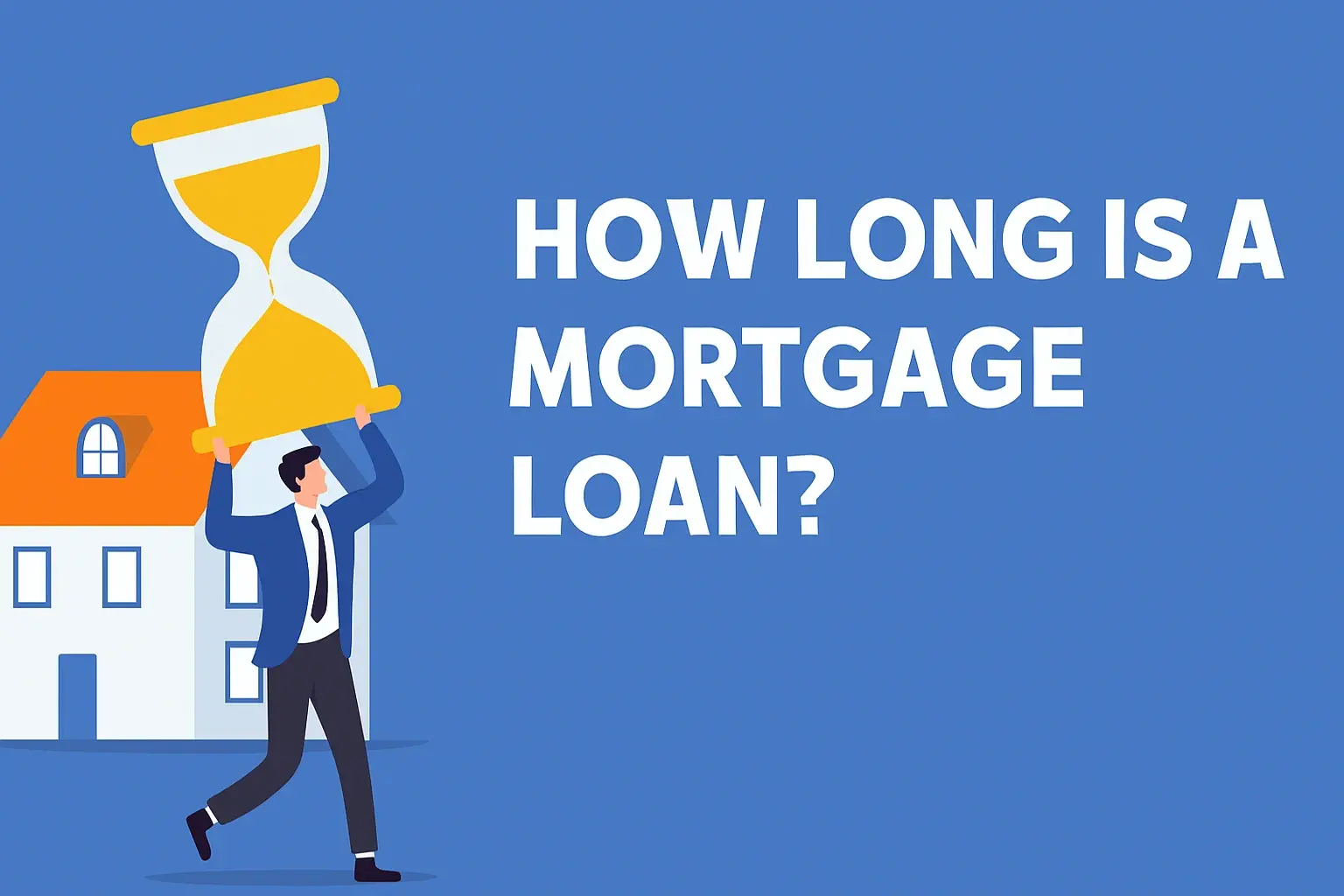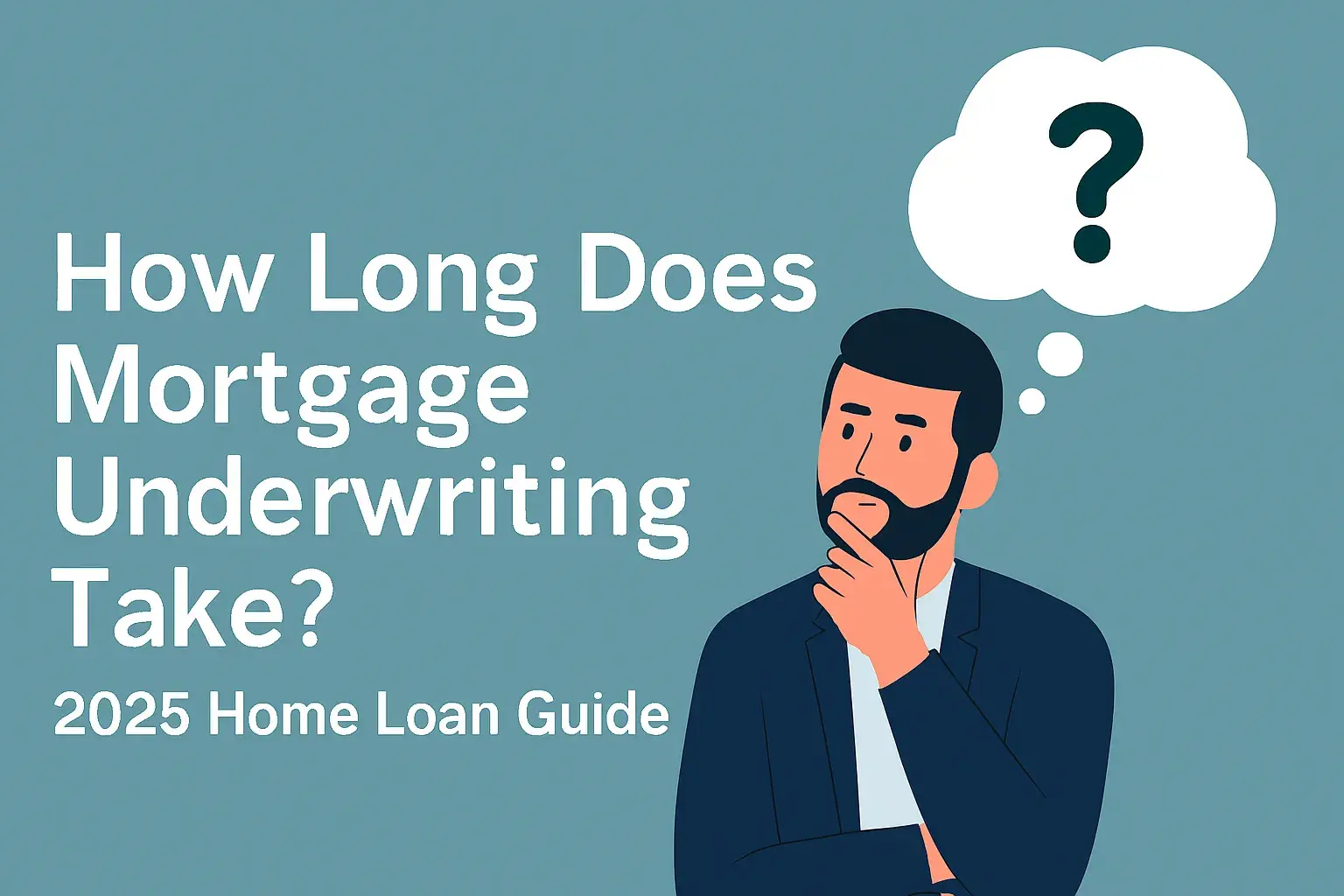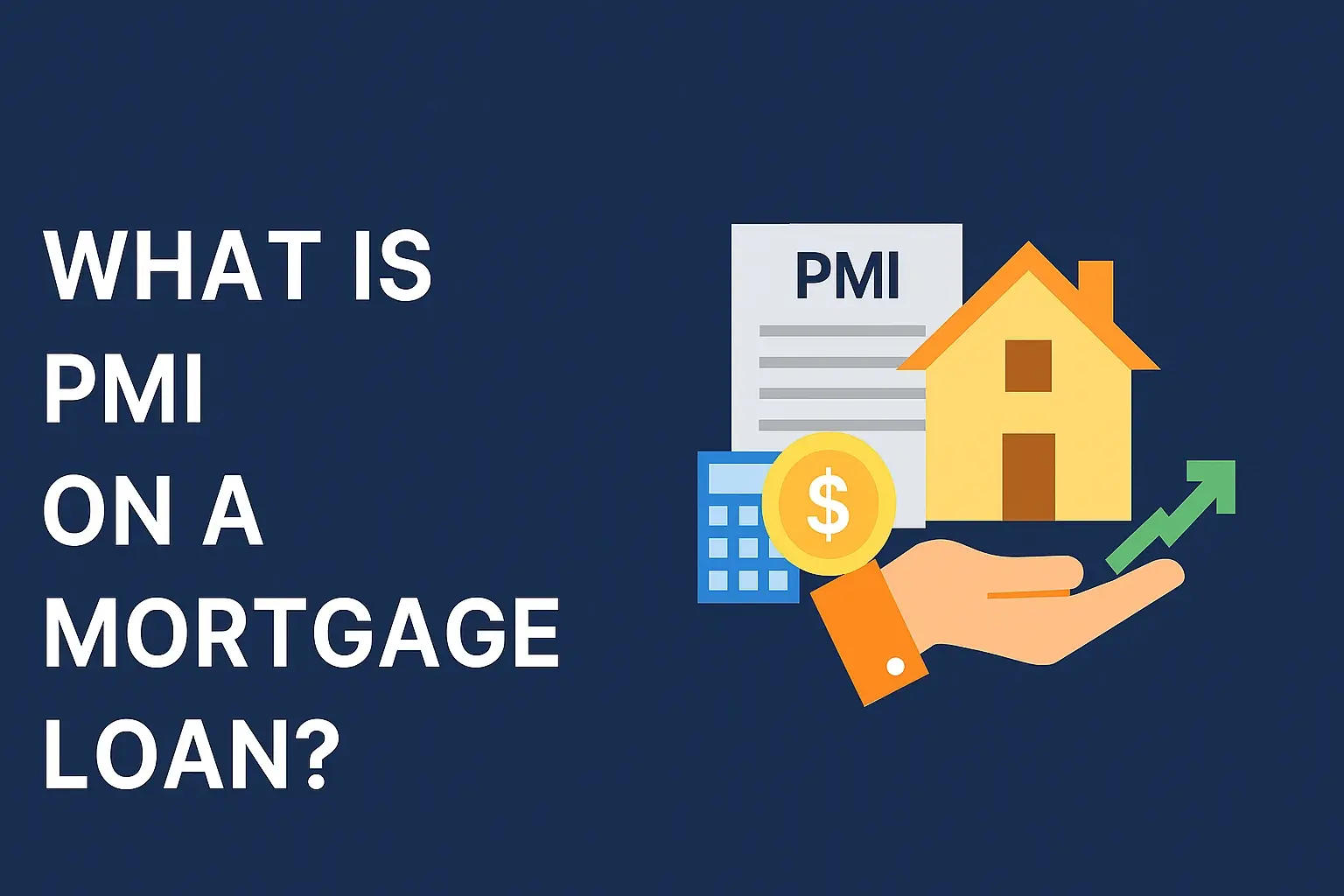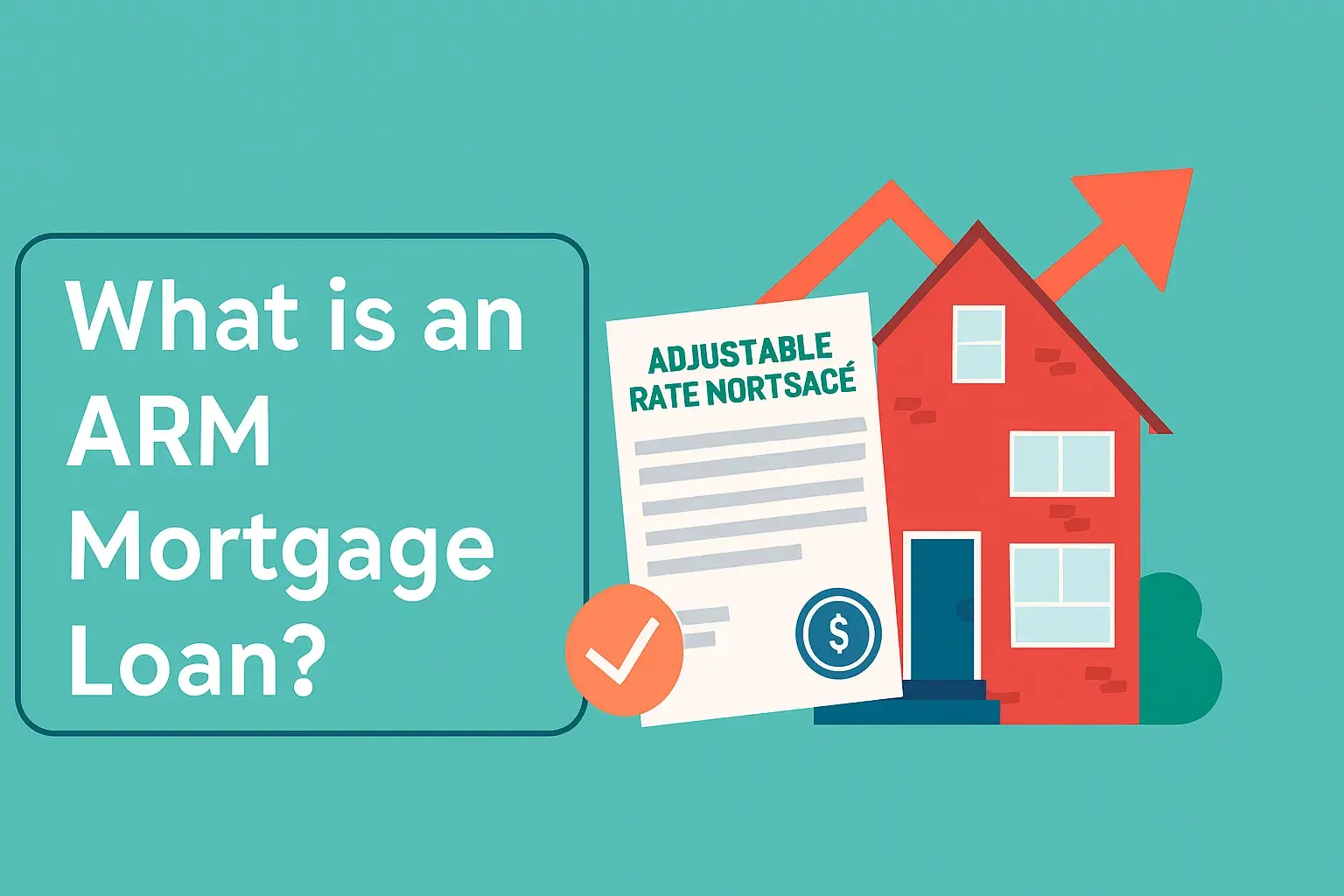-
Posted on: 07 Oct 2025
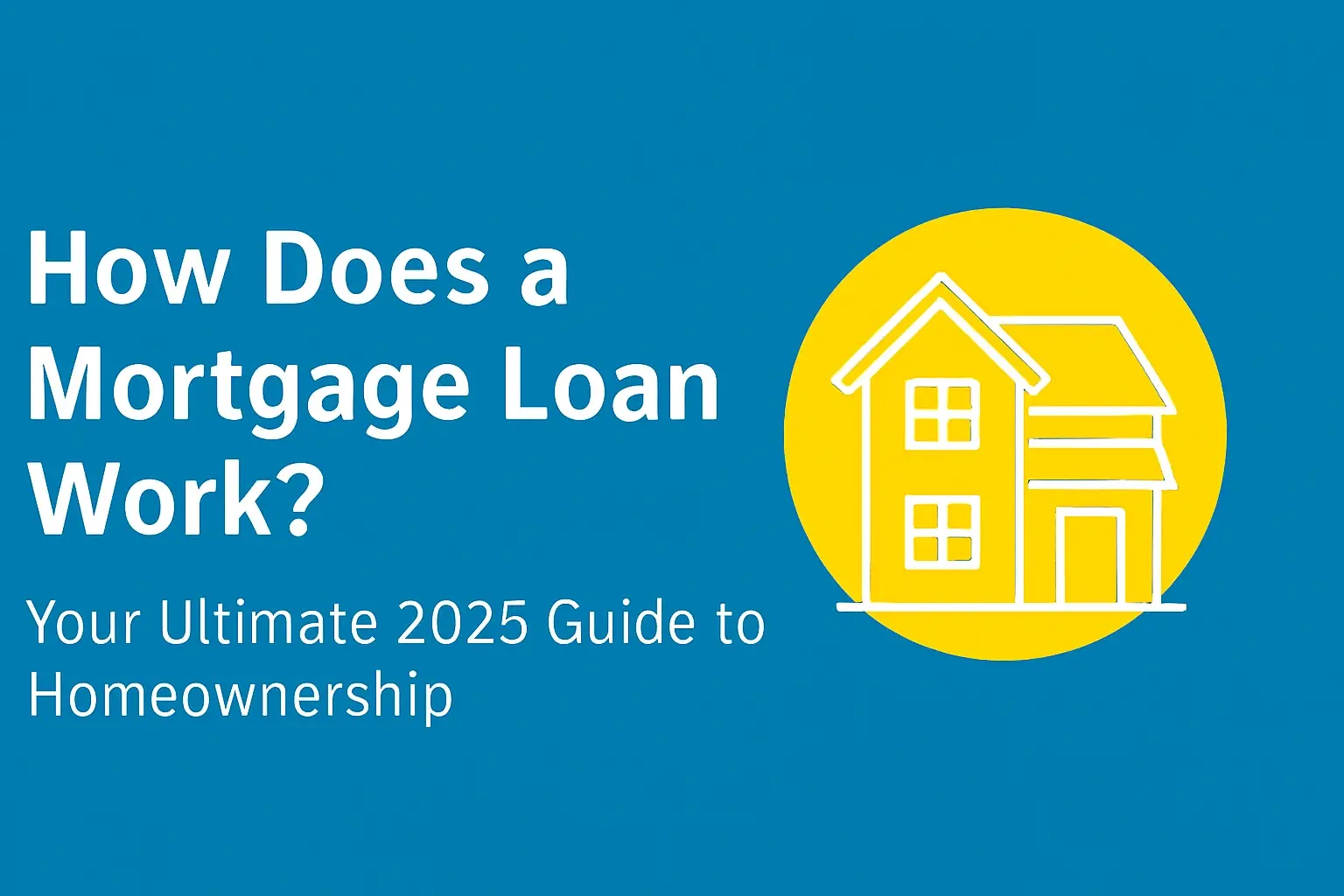
-
Navigating the world of mortgages can seem complex, but understanding how a mortgage loan works is the first crucial step to homeownership in 2025. This guide breaks down the entire process, from application to closing and beyond, explaining key terms, lender requirements, and repayment structures with clear, actionable insights.
What Exactly Is a Mortgage Loan?
A mortgage loan is a specialized type of loan used to finance the purchase of real estate. It's a secured loan, meaning the property itself serves as collateral for the lender. If the borrower fails to make payments as agreed, the lender has the legal right to foreclose on the property and sell it to recover their losses.
Essentially, when you take out a mortgage, you're borrowing a large sum of money from a bank or other financial institution to buy a home. You then repay this loan over a set period, typically 15 or 30 years, with interest.
Key takeaway: A mortgage is a long-term, secured loan for buying property, with the home as collateral.
The Mortgage Application & Approval Journey: A Step-by-Step Breakdown
Securing a mortgage involves several critical stages. Understanding each step can help you prepare and navigate the process smoothly in 2025.
-
Pre-Qualification vs. Pre-Approval
Pre-qualification is a preliminary assessment of how much you might be able to borrow, based on information you provide. It's a quick estimate. Pre-approval, however, is a more thorough process where the lender verifies your financial information (income, credit score, assets) and provides a conditional commitment to lend you a specific amount. A pre-approval letter significantly strengthens your offer to sellers.
-
Choosing a Lender and Loan Program
Shop around! Compare interest rates, fees, and terms from different lenders (banks, credit unions, mortgage brokers). Consider loan types like fixed-rate, adjustable-rate, FHA, VA, or USDA loans based on your financial situation and needs.
-
The Formal Mortgage Application
Once you've found a property and have a pre-approval, you'll submit a formal mortgage application. This involves providing extensive documentation: proof of income (pay stubs, W-2s, tax returns), bank statements, employment verification, and details about your assets and debts.
-
Underwriting
This is where the lender's underwriter meticulously reviews your entire application, credit history, property appraisal, and other documents to assess the risk involved in lending to you. They ensure you meet all the lender's and regulatory requirements.
-
Appraisal and Home Inspection
The lender will order an appraisal to determine the fair market value of the property. You may also choose to get a separate home inspection to identify any structural issues or needed repairs. The appraisal ensures the loan amount is justified by the property's value.
-
Loan Commitment and Closing Disclosure
If underwriting is successful, you'll receive a loan commitment. You'll also receive a Closing Disclosure (CD) at least three business days before closing. This document details all the final loan terms, monthly payments, and closing costs. Review it carefully!
-
Closing Day
This is the final step where you sign all the necessary paperwork, including the mortgage note and deed of trust. You'll pay your closing costs and down payment, and the lender will disburse the loan funds. You officially become the homeowner!
Who Are the Key Players in a Mortgage Transaction?
Several professionals are involved in making your mortgage happen:
- Borrower: You, the individual seeking to purchase a property.
- Lender: The financial institution (bank, credit union, mortgage company) providing the loan.
- Mortgage Broker: An intermediary who connects borrowers with lenders, often working with multiple institutions.
- Underwriter: The person at the lending institution who assesses the risk of the loan and approves or denies it.
- Appraiser: A licensed professional who determines the market value of the property.
- Title Company/Escrow Agent: Handles the closing process, ensures clear title, and manages the transfer of funds and ownership.
- Real Estate Agent: Represents the buyer or seller in the property transaction.
Understanding Different Mortgage Loan Types in 2025
Choosing the right mortgage type is crucial for affordability and suitability. Here are common options available in 2025:
Loan Type Description Best For 2025 Considerations Conventional Loans Not backed by a government agency. Can be conforming (meet Fannie Mae/Freddie Mac guidelines) or non-conforming (jumbo loans). Borrowers with good credit scores (typically 620+) and stable income. Conforming loan limits updated annually by FHFA. Interest rates remain competitive. FHA Loans Insured by the Federal Housing Administration. Allow for lower credit scores and down payments. First-time homebuyers, those with lower credit scores (as low as 500 with 10% down, 580 with 3.5% down), or those with limited funds for a down payment. Mortgage Insurance Premiums (MIP) are required for the life of the loan if the down payment is less than 10%. Loan limits vary by county. VA Loans Guaranteed by the U.S. Department of Veterans Affairs. For eligible active-duty military, veterans, and surviving spouses. Eligible service members and veterans. Often require no down payment and no private mortgage insurance (PMI). Funding fee applies, but it can be waived for some veterans. Competitive interest rates. USDA Loans Guaranteed by the U.S. Department of Agriculture. For rural and suburban homebuyers meeting income limits. Low-to-moderate income borrowers in eligible rural and suburban areas. Often require no down payment. Income and property location eligibility criteria are key. Guarantee fees apply. Fixed-Rate Mortgages (FRM) Interest rate remains the same for the entire loan term (e.g., 15 or 30 years). Borrowers who prefer payment stability and predictability. Rates are currently influenced by Federal Reserve policy and economic outlook. Adjustable-Rate Mortgages (ARM) Interest rate is fixed for an initial period (e.g., 5, 7, or 10 years), then adjusts periodically based on market rates. Borrowers who plan to sell or refinance before the fixed period ends, or who expect interest rates to fall. Consider hybrid ARMs (e.g., 5/1 ARM) for a balance of initial stability and potential future savings. 2025 Trend: While fixed-rate mortgages remain popular for their stability, ARMs are gaining traction as some borrowers seek lower initial payments, betting on future rate decreases or planning short-term ownership. Lenders are offering more flexible ARM structures.
The Heart of the Matter: How Mortgage Interest Works
Interest is the cost of borrowing money. For a mortgage, it's calculated as a percentage of the outstanding loan balance. This percentage is your interest rate, which is influenced by factors like your credit score, the loan term, market conditions, and the type of loan.
Simple Interest Calculation (Illustrative):
Imagine you borrow $300,000 at a 6% annual interest rate.
- Annual Interest: $300,000 * 0.06 = $18,000
- Monthly Interest: $18,000 / 12 = $1,500
This $1,500 is the interest portion of your first monthly payment. As you pay down the principal balance, the amount of interest you pay each month decreases, while the portion going towards the principal increases.
APR (Annual Percentage Rate): This is a broader measure of the cost of borrowing, including the interest rate plus other fees and costs associated with the loan (like origination fees, points, etc.). It gives you a more accurate picture of the total cost of the mortgage.
Points: You might have the option to pay "points" upfront to lower your interest rate. One point typically costs 1% of the loan amount. This can be beneficial if you plan to stay in the home for a long time.
Decoding Amortization: Your Repayment Schedule Explained
Amortization is the process of paying off a debt over time through regular payments. For mortgages, each monthly payment consists of two parts: principal and interest. An amortization schedule shows how much of each payment goes towards principal and how much goes towards interest over the life of the loan.
Key Principles of Amortization:
- Early Years: A larger portion of your payment goes towards interest, and a smaller portion goes towards principal.
- Later Years: As the principal balance decreases, more of your payment is applied to the principal, and less to interest.
- Fixed Payments: Your total monthly payment (principal + interest) remains the same for fixed-rate mortgages, even though the allocation between principal and interest changes.
Example Amortization Snippet (Illustrative for a $300,000 loan at 6% for 30 years):
Payment # Beginning Balance Monthly Payment Interest Paid Principal Paid Ending Balance 1 $300,000.00 $1,798.65 $1,500.00 $298.65 $299,701.35 2 $299,701.35 $1,798.65 $1,498.51 $300.14 $299,401.21 ... ... ... ... ... ... 360 $1,780.15 $1,798.65 $8.90 $1,789.75 $0.00 As you can see, in the first payment, $1,500 goes to interest and only $298.65 to principal. By the last payment, the roles are reversed. Paying extra towards the principal can significantly shorten your loan term and save you substantial interest over time.
What Are Closing Costs and Why Do They Matter?
Closing costs are fees paid at the end of a real estate transaction, separate from the down payment. They typically range from 2% to 5% of the loan amount. Understanding these costs upfront is vital for budgeting.
Common Closing Costs in 2025:
- Loan Origination Fees: Charged by the lender for processing the loan.
- Appraisal Fee: Cost of the property appraisal.
- Title Search and Title Insurance: Ensures the seller has clear ownership and protects against future claims.
- Escrow Fees: Paid to the escrow company for managing the closing process.
- Recording Fees: Charged by the local government to record the new deed and mortgage.
- Attorney Fees: If an attorney is involved in reviewing documents.
- Prepaid Interest: Interest that accrues from the closing date to the end of the month.
- Homeowners Insurance Premiums: You'll typically need to pay for the first year's premium upfront.
- Property Taxes: Often, a portion of property taxes will be collected to start your escrow account.
Tip: Always ask your lender for a Loan Estimate and a Closing Disclosure to see a detailed breakdown of all costs. You may be able to negotiate some of these fees or ask the seller to contribute to them.
What Lenders Look For: Your Path to Mortgage Approval
Lenders assess your ability to repay the loan using several key factors, often summarized by the "5 Cs of Credit." For 2025, these remain paramount:
-
Credit Score
Your credit score is a three-digit number reflecting your creditworthiness. Higher scores (generally 700+) indicate lower risk and often lead to better interest rates. Lenders typically look for scores above 620 for conventional loans, with FHA loans allowing lower scores.
-
Credit History
Beyond the score, lenders examine your payment history, types of credit used, length of credit history, and recent credit inquiries. A history of on-time payments is crucial.
-
Capacity (Debt-to-Income Ratio - DTI)
This ratio compares your total monthly debt payments (including the proposed mortgage payment) to your gross monthly income. Lenders prefer a DTI of 43% or lower, though some loan programs may allow higher ratios.
Calculation: (Total Monthly Debt Payments / Gross Monthly Income) * 100
-
Capital (Assets and Down Payment)
Lenders want to see that you have funds for a down payment and closing costs. The amount varies by loan type (e.g., 3.5% for FHA, 0% for VA/USDA, 3-20% for conventional). They also look at your savings and investment accounts to ensure financial stability.
-
Collateral (The Property)
The property itself serves as collateral. The lender's appraisal ensures the property's value supports the loan amount. They also assess the property's condition and marketability.
Actionable Tip for 2025: Before applying, check your credit report for errors and work on improving your score. Reduce existing debt to lower your DTI. Gather all necessary financial documents proactively.
Managing Your Mortgage After Closing
Once you've closed on your home, the mortgage journey continues. Responsible management is key.
- Making Payments On Time: This is paramount. Consistent on-time payments build your credit history and ensure you avoid late fees and penalties. Set up automatic payments if possible.
- Understanding Your Escrow Account: Many mortgages include an escrow account to pay property taxes and homeowners insurance. Your monthly payment includes a portion for this. Lenders review the escrow account annually to adjust payments if taxes or insurance premiums change.
- Refinancing: If interest rates drop significantly or your financial situation improves, you might consider refinancing your mortgage to get a lower rate, change your loan term, or tap into home equity.
- Paying Extra Towards Principal: To pay off your mortgage faster and save on interest, consider making extra principal payments whenever possible. Ensure your lender applies these extra payments directly to the principal balance.
- Homeowner's Insurance: Maintain adequate homeowners insurance throughout the life of your loan.
2025 Outlook: With potential interest rate fluctuations, staying informed about market trends can help you decide if refinancing is beneficial. Budgeting for potential increases in property taxes and insurance is also wise.
Frequently Asked Questions About Mortgage Loans
Q1: How long does it take to get approved for a mortgage in 2025?
The mortgage approval process can vary, but typically takes anywhere from 30 to 60 days from application to closing. Factors like the completeness of your documentation, the lender's workload, and any unique property issues can influence the timeline. Getting pre-approved speeds up the process significantly.
Q2: What is the difference between a mortgage and a home equity loan?
A mortgage is used to purchase a property. A home equity loan (or HELOC - Home Equity Line of Credit) is a loan taken out against the equity you've already built in your home. You can use these funds for various purposes, like renovations, education, or debt consolidation.
Q3: Can I get a mortgage if I'm self-employed?
Yes, self-employed individuals can absolutely get mortgages. However, lenders will require more extensive documentation to verify your income, typically including at least two years of tax returns, profit and loss statements, and bank statements. They want to see a consistent and stable income history.
Q4: What happens if I miss a mortgage payment?
Missing a mortgage payment can have serious consequences. You'll likely incur late fees, and your credit score will be negatively impacted. If you miss multiple payments, the lender can initiate foreclosure proceedings. It's crucial to contact your lender immediately if you anticipate difficulty making a payment to discuss potential options.
Q5: How much of a down payment do I really need in 2025?
While 20% down payment is often cited, it's not always required. Many loan programs, like FHA (3.5% down), VA (0% down), and USDA (0% down), allow for much lower down payments. Conventional loans can also be obtained with as little as 3% down. However, a larger down payment generally leads to lower monthly payments and can help you avoid Private Mortgage Insurance (PMI) on conventional loans.
Q6: Can I include closing costs in my mortgage loan?
In some cases, yes. Lenders may allow you to roll closing costs into the mortgage loan, effectively increasing the loan amount. However, this will increase your monthly payments and the total interest paid over the life of the loan. It's often more financially beneficial to pay closing costs out-of-pocket if possible.
Your Path to Homeownership Starts Here
Understanding how a mortgage loan works is fundamental to achieving your homeownership dreams in 2025. We've demystified the process, from the initial application and the crucial role of interest and amortization, to the essential closing costs and what lenders scrutinize. Remember, securing a mortgage is a significant financial undertaking, but with thorough preparation and a clear grasp of the mechanics, it becomes a manageable and rewarding journey. Prioritize building a strong credit profile, understanding your debt-to-income ratio, and shopping around for the best loan terms. By staying informed and proactive, you can confidently navigate the mortgage landscape and unlock the door to your new home
r: This content is f informational purposes only and does not constitute financial advice. Consult with a qualified mortgage professional for personalized guidance
null
-
